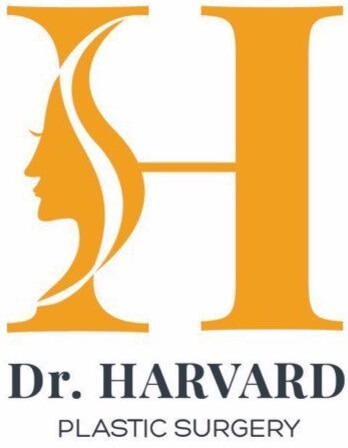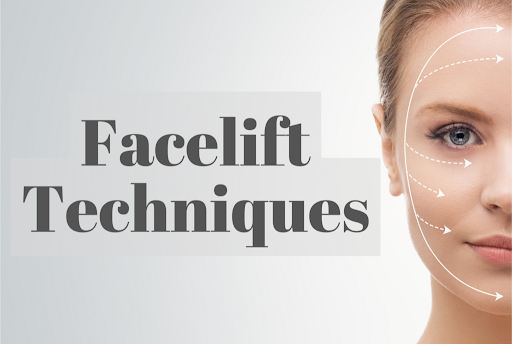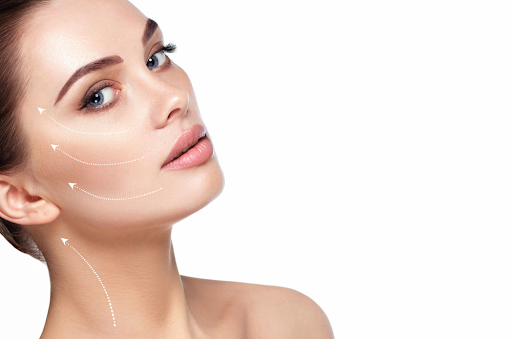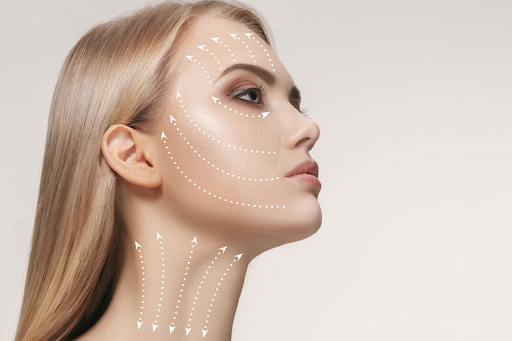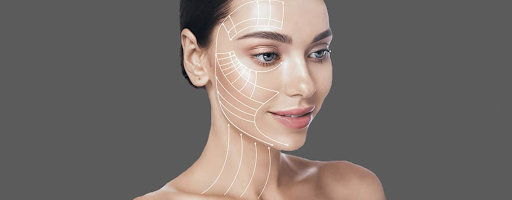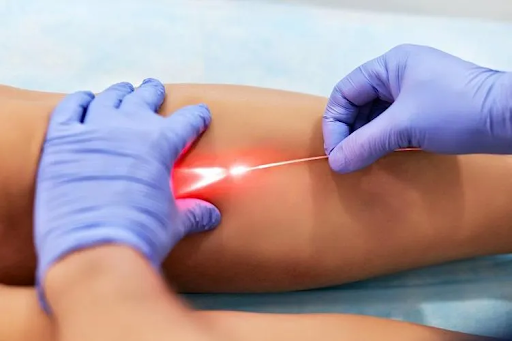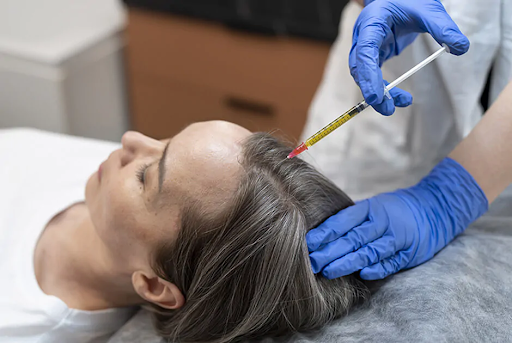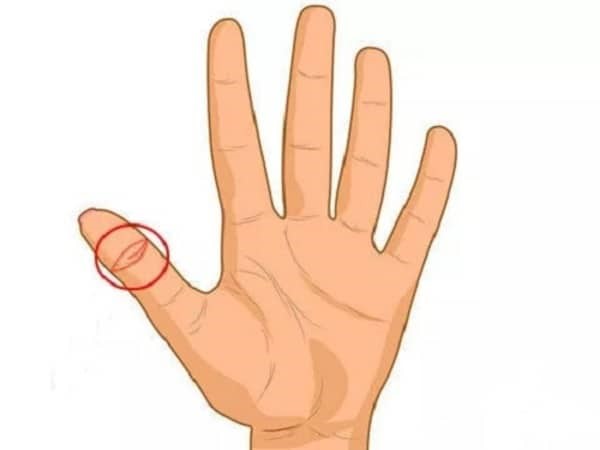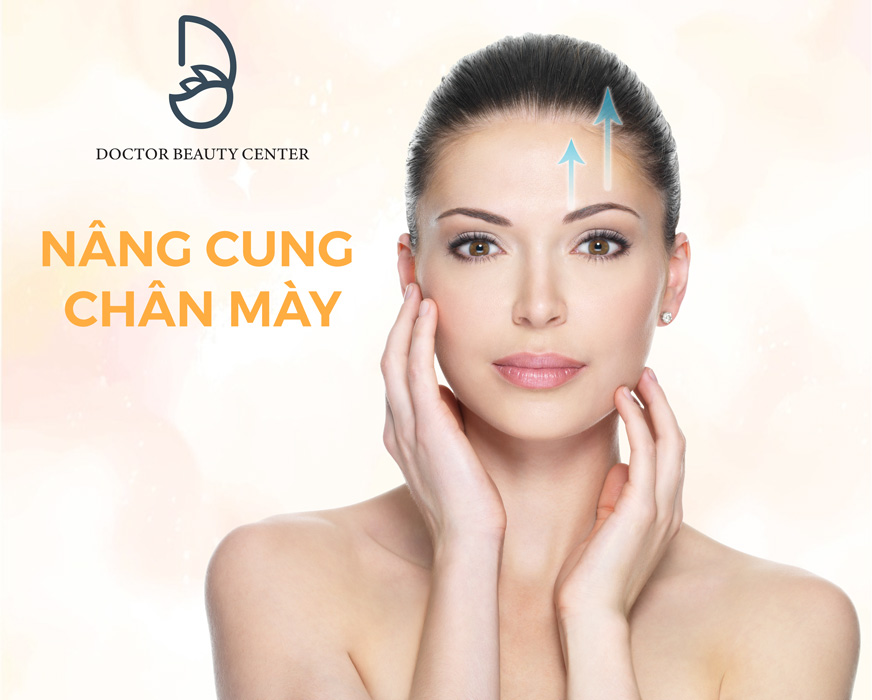Facelift surgery, medically known as rhytidectomy, has long been considered one of the most effective ways to restore a youthful facial appearance. Over the decades, surgical techniques have evolved significantly, shifting from overly tight and unnatural results to refined methods that preserve facial expressions while delivering long-lasting rejuvenation. With so many facelift options available today, it can be overwhelming for patients to determine which technique will provide the most natural outcome.
Aging is a natural part of life, but for many, the visible signs that come with it, can affect confidence and how we feel about ourselves
Understanding the goal of a Facelift
The primary goal of a facelift is to address visible signs of aging in the face and neck, such as sagging skin, deep creases, loss of muscle tone, and drooping facial fat. While non-surgical treatments like fillers, laser resurfacing, and thread lifts can offer temporary improvements, they cannot match the degree of correction or longevity of a surgical facelift. A well-performed facelift should not drastically change a person’s appearance but rather restore a fresher, more rested version of themselves. The best technique achieves harmony by tightening underlying structures, repositioning facial fat, and removing excess skin without pulling too tightly.
The evolution of Facelift techniques
In the early days of facelift surgery, the procedure primarily focused on tightening the skin. While this created immediate improvement, it often resulted in an unnatural “windblown” look and faded quickly because the deeper structures of the face remained untouched. Modern facelift techniques now target the deeper layers of the face, especially the SMAS (Superficial Musculoaponeurotic System), which is a fibrous layer that supports the skin and facial muscles. By addressing the SMAS and restoring facial volume, surgeons can create results that look natural, move naturally, and last much longer.
Facelift surgery offers a powerful solution, focusing on subtle enhancement rather than dramatic change.
Why the SMAS Facelift is considered the gold standard
Among all facelift techniques, the SMAS facelift is widely regarded as the gold standard for achieving natural, long-lasting results. This method involves lifting and tightening the SMAS layer rather than simply pulling the skin. Because the SMAS is connected to the skin, repositioning it allows the skin to drape smoothly over the face without tension, reducing the risk of an artificial appearance. Additionally, this technique allows the surgeon to restore youthful contours in key areas such as the jawline, cheeks, and neck.
The SMAS facelift can be customized to the patient’s individual needs. For those with mild to moderate aging, a limited incision or short-scar SMAS lift may be enough to refresh the appearance. For more advanced signs of aging, a comprehensive SMAS lift can provide dramatic yet natural rejuvenation.
Deep plane Facelift: The next level of natural rejuvenation
For patients seeking the most natural and long-lasting results, the deep plane facelift has emerged as one of the most effective techniques available. Unlike traditional SMAS lifts, which tighten the SMAS layer separately from the skin, the deep plane facelift releases and repositions both the skin and SMAS together as a single unit. This approach minimizes tension on the skin, which not only improves healing but also avoids the overly tight look associated with older techniques.
One of the greatest advantages of the deep plane facelift is its ability to restore volume and lift in the midface area, which is often difficult to address with other techniques. By lifting the cheek fat pads back into their youthful position, the deep plane approach enhances cheek fullness, smooths nasolabial folds, and creates a natural transition from the lower eyelid to the cheek. While this method requires significant surgical skill, its results can last over a decade and often age more gracefully than other types of facelifts.
The goal is simple: to help you look like yourself—only younger, more rested, and full of vitality.
Mini Facelift: A less invasive option for early aging
For patients in their 40s or early 50s with mild sagging, a mini facelift can provide a subtle yet refreshing improvement. This technique involves shorter incisions, less tissue dissection, and quicker recovery compared to traditional facelifts. While it does not provide the same degree of correction as a SMAS or deep plane lift, it can be an excellent choice for those who want to maintain their youthful appearance before more significant aging occurs. Many patients combine a mini facelift with non-surgical treatments such as laser resurfacing or fat grafting to enhance skin quality and restore volume.
Combining facelift with complementary procedures
The best facelift results are often achieved when the surgery is combined with other facial rejuvenation procedures that address aspects of aging beyond sagging skin. Fat grafting, for example, can restore youthful fullness to the temples, under-eye hollows, and cheeks, areas where volume loss contributes to an aged appearance. Eyelid surgery (blepharoplasty) can refresh the eyes, while neck lift procedures can smooth and tighten the jawline and throat area. Skin resurfacing treatments can improve texture, tone, and pigmentation, ensuring that the surface of the skin matches the youthful structure beneath.
Choosing the right Facelift technique for You
The “best” facelift technique is not a one-size-fits-all solution. Your age, skin quality, bone structure, degree of sagging, and personal goals will determine the most appropriate approach. A thorough consultation with an experienced plastic surgeon is essential. During this meeting, the surgeon will assess your facial anatomy, discuss your desired outcome, and recommend the most suitable technique. It’s important to choose a surgeon who prioritizes natural results, understands the nuances of facial anatomy, and has a portfolio of before-and-after photos that demonstrate consistent, high-quality outcomes.
The best technique achieves harmony by tightening underlying structures, repositioning facial fat, and removing excess skin without pulling too tightly.
Recovery and longevity of results
Recovery time varies depending on the facelift technique used and whether additional procedures are performed. Most patients can expect bruising and swelling for one to two weeks, with a gradual return to social activities within two to three weeks. Strenuous exercise is typically postponed for four to six weeks. While a facelift cannot stop the natural aging process, the improvements are long-lasting. SMAS and deep plane facelifts can maintain their results for 10 years or more, with patients often looking younger than their peers even after the effects of aging resume.
Why surgical skill matters more than the technique alone
While technique is important, the skill, artistry, and judgment of the surgeon are even more critical to achieving the best outcome. A highly trained and experienced facial plastic surgeon understands how to balance lifting and tightening with preserving natural facial expressions. They also have the expertise to adjust the procedure to suit the patient’s facial proportions and skin characteristics, ensuring that the result is harmonious and age-appropriate.
Dr. Havard – Your trusted partner in facial rejuvenation
At Dr. Havard, facelift surgery is approached as both a science and an art. With years of experience in advanced facial rejuvenation techniques, Dr. Havard specializes in delivering natural, long-lasting results tailored to each patient’s unique features. Whether you require a subtle mini facelift or a comprehensive deep plane lift, every procedure is planned with precision, ensuring minimal downtime and maximum enhancement.
Beyond surgical expertise, Dr. Havard is known for a compassionate, patient-centered approach, guiding you through every step of the journey – from consultation to recovery. Choosing Dr. Havard means entrusting your appearance to a skilled professional who combines technical mastery with an artistic eye, helping you look and feel your very best.
